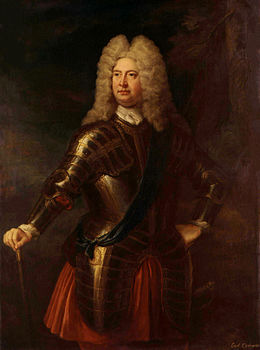- Out-of-Stock
Blue and white Qianlong bowl
An elegant Qianlong period (1735-1796) larger bowl with flower and tree decoration, 18th century, around 1740, Jingdezhen, China.
Blue and white
Dimensions: 26,5 cm. diameter.
Reference: 10024
A rare turquoise 'Cadogan' wine pot of biscuit porcelain shaped as Longevity Peach, 18th century, Jingdezhen, China.
Emaille sur biscuit.
Dimensions: around 17 cm. height.
 Secure payment
Secure payment
100% secure payment
 Worldwide shipping
Worldwide shipping
Fast delivery
 Free shipping in EU
Free shipping in EU
On all orders
 Professional packaging
Professional packaging
Professional order packaging
This wine pot was made in China for the purpose of serving sweet alcoholic drinks. These types of ewers first originated from China, where it is known as 'dao guan hu' (倒流壶). Nevertheless it became populair and known in Europe as a 'Cadogan teapot'. The earliest export examples known are from The Michael Hatcher Cargo found in 1984 dating from 1643.
William the 1st Earl of Cadogan (1675-1726), was one of the first people in Britain to own a Chinese wine pot of this shape. The name was given to this kind of pot in the early 1800's. By then the British aristocrats adapted its use for tea and coffee, and the Rockingham factory was producing the shape on large scale.
The pot is in the form of a 'Longevity Peach' or 'Shoutao' (寿桃), resting on a short pedestal foot. The handle and spout resembling a stem attached by leaves. Remarkable is that only the base has an opening for filling, with a tube that runs to the top allowing the liquid to fill but not to flow out. Because the pot has no obvious lid, the object was an exotic attention grabber for table guests. Therefor it is likely that a lot of these examples were bought only for displaying it as curiosity.
The peach is highly symbolic in China. It symbolizes longevity and features in many Daoist stories of immortality. It is said that the peach of eternal live grew on trees which only blossomed once every 3.000 years, requiring another 3.000 years to ripen.
Condition: Mint.
Provenance: Marc Michot Brugge (with paper).
Reference:
-Private collections: It is known that similar turquoise wine pots make part of important collections such as The Antony de Rothschild collection and the Lady Lever Collection.
-Museums: Comparable examples can be found in;
Museum Princessenhof Leeuwarden (no. 05337).
The British Museum (reg. no. Franks.251.+).
The Metropolitan Museum of Art (no. 1975.1.1721).

William Cadogan, 1st Earl Cadogan (1671-1726), by Louis Laguerre around 1716.
Source: National Portrait Gallery.
Source: N. Van Der Ven "SANJIAO", 2022.
C. Sheaf and R.S. Kilburn "The Hatcher Porcelain Cargoes", 1988.
Victoria and Albert Museum.